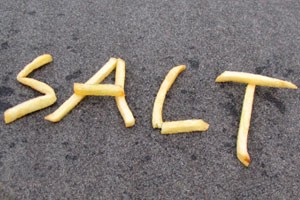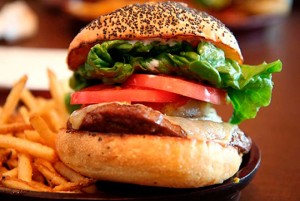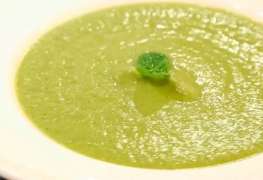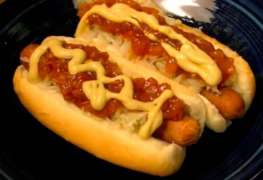 Want extra salt with that fast-food meal? Then buy it in the United States, where chicken dishes, pizzas, and even salads are loaded with far more salt than in Europe and Australia, according to new research.
Want extra salt with that fast-food meal? Then buy it in the United States, where chicken dishes, pizzas, and even salads are loaded with far more salt than in Europe and Australia, according to new research.
The McDonald's Chicken McNuggets in the United States have more than twice as much salt as their sister nuggets in the United Kingdom. That's 1.6 grams of salt for every 100 grams of American nugget, compared with 0.6 grams in the U.K.
You could say Americans are getting more for their money. You could also say they're getting more high blood pressure and premature death.
McNuggets sold in Canada were about as salty as those in the U.S., while Australian, French and Kiwi nuggets had significantly less salt, but not as little as in the U.K. That may be because the United Kingdom has set voluntary limits on salt in processed food, according to Elizabeth Dunford. She's the lead author of this study, which was published today in the Canadian Medical Association Journal, and global database manager for the Australian arm of World Action on Salt and Health. "We know that some companies are already doing work to reduce salt levels, so we expect to find variation between companies and countries," Dunford told The Salt.
Dunford and her colleagues looked at the salt content of seven types of fast-food products from six companies: Burger King, Domino's Pizza, KFC, McDonald's, Pizza Hut, and Subway. They compared those products and brands in six countries: The U.S., the U.K., Canada, Australia, France and New Zealand.
The U.S. boasted the highest level of salt in fast-food products overall, leading the pack with the saltiest breakfast items, chicken products and pizza. Pizza had the most salt per serving, while chicken products had the most salt per gram. Maybe that's why Pizza Hut foods had the dubious distinction of having the most salt overall, while Subway's sandwiches had the lowest salt content.
The U.S. Dietary Guidelines recommend that healthy people consume no more than 2,300 mg of salt a day. But it's easy to blow through that limit in just one meal with some of the fast-food menu choices.
Because of large serving sizes, some of the burgers and chicken products had more than 6 grams of salt (6,000 mg, or almost three times the daily limit). Some salads had more than 7 grams of salt, mostly because of creamy dressings. And one pizza delivered more than 10 grams of salt.
French fries, surprisingly, were one of the lower-salt foods. That's mostly because they are typically consumed in smaller portions than pizza or a burger. Fast-food manufacturers could dial back the salt without losing business, Dunford says. "Up to 20 percent, customers can't tell the difference." Phasing in gradual changes means that customers won't revolt. But industry has to make the commitment, she says. "You want to make sure that consumers don't have to make the healthy choice."
In the meantime, she says, consumers need to read labels and be aware of the huge salt load in many processed and restaurant foods.










Leave a comment